Butterfly Garden


"Butterfly Garden: An Ambassador of a Healthy Ecosystem"
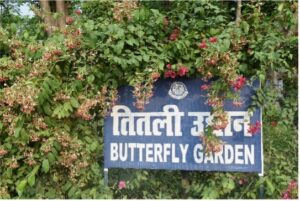 Dr. Rajendra Prasad Central Agricultural University (RPCAU) has established a unique Butterfly Garden as a component of its Biodiversity Park to promote the conservation of local flora and fauna in Pusa, Bihar. The Garden at RPCAU is constructed amidst a mixed forest of Cadamba (Neolamarckia cadamba), Kassod Tree (Senna siamea), Earpod Acacia (Acacia auriculiformis), and Jungle Jalebi (Pithecellobium dulce) trees, creating a suitable habitat for butterflies.
Dr. Rajendra Prasad Central Agricultural University (RPCAU) has established a unique Butterfly Garden as a component of its Biodiversity Park to promote the conservation of local flora and fauna in Pusa, Bihar. The Garden at RPCAU is constructed amidst a mixed forest of Cadamba (Neolamarckia cadamba), Kassod Tree (Senna siamea), Earpod Acacia (Acacia auriculiformis), and Jungle Jalebi (Pithecellobium dulce) trees, creating a suitable habitat for butterflies.
This Garden is also an “In-field laboratory” studying the relationships between butterfly species and their habitats. This park serves as a sanctuary for native butterfly species, where they play crucial roles as pollinators and indicators of ecological health. The extensive park has been meticulously designed to mimic the refined ecological niches required during the butterflies’ life cycles. The diverse collection of local plant species provides essential resources such as nectar, host plants for larvae, and suitable microclimates for pupation and overwintering.
The Butterfly Garden is divided into three main areas:-
1. Nectar and Puddling Area: This area serves as an important foraging habitat for adult butterflies. A constructed fountain and surrounding gravel puddling areas provide critical sources of water and mineral supply. Nectar plants like Hemalia spp., Lantana spp., Cuphia sp., Bougainvillea spp., and others have been strategically planted to ensure continuous availability of blooms and nectar throughout the seasons.

2. Larval Host Plant Zone: A diversity of larval host plants, including Polyalthia longifolia, Mimosa pudica, Calotropis sp., and others support the complete life cycles of resident butterfly species. The butterfly-attracting plants such as Crotalaria and Heliotropium have been planted to supply alkaloids from the sap emerging from withering stems and terminal branches. These host plants offer a range of microhabitats and nutrients tailored to the specific needs of different butterfly groups.

3. Butterfly conservatories: This facility allows for the ex-situ breeding and propagation of butterfly species. A netted shade house (for summers) and a polyhouse (for winters) mimics optimum microclimatic conditions for different life stages, within these indoor areas, entomologists monitor and care for butterfly populations, ensuring their development and reproductive success.

Ecological Initiatives
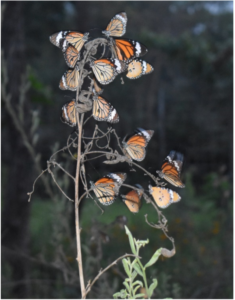 Butterflies hold ecological, aesthetic, educational, scientific, economic, and environmental importance. They are natural heritage, major plant pollinators, and indicators of a healthy ecosystem. Their beauty and qualities are celebrated in various cultural contexts, and their conservation contributes to environmental protection and biodiversity.
Butterflies hold ecological, aesthetic, educational, scientific, economic, and environmental importance. They are natural heritage, major plant pollinators, and indicators of a healthy ecosystem. Their beauty and qualities are celebrated in various cultural contexts, and their conservation contributes to environmental protection and biodiversity.
The Butterfly Garden at RPCAU serves as a model environmental awareness and conservation area in the state of Bihar, creating awareness among students and farmers about butterflies, their behavior, conservation measures, their role as pollinators, and their environmental potential in crop production. Extensive scientific research on butterfly behavior has commenced in the Butterfly Garden. Butterflies help increase crop production through pollination, and their beauty greatly attracts humans. This Garden at RPCAU is a successful effort to conserve biodiversity.
Pusa Butterflies

Blue Pansy
Junonia orithya

Grey Pansy
Junonia atlites

Common four rings
Ypthima huebneri

Common Leopard
Phalanta phalantha

Peacock Pansy
Junonia almana

Lemon Pansy
Junonia lemonias

Painted Lady
Vanessa cardui

Chocolate Pansy
Junonia iphita

Common Castor
Ariadne merione

Rounded Pierrot
Tarucus extricatus

Plain Tiger
Danaus chrysippus

Common Crow
Euploea core

Common Sailer
Neptis hylas

Gaika blue
Zizula hylax

Common Silverline
Cigaritis vulcanus

Common Jay
Graphium doson

Great Eggfly
Hypolimnas bolina

Bright Babul Blue
Azanus ubaldus

Psyche
Leptosia nina

Common Gull
Cepora nerissa
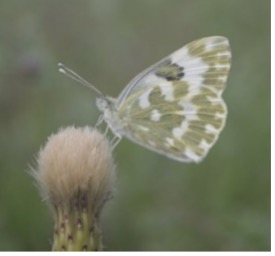
Eastern Bath White
Pontia edusa
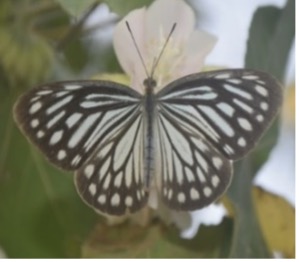
Common Wanderer
Pareronia valeria
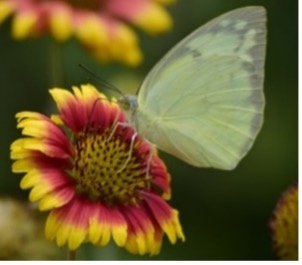
Common Emigrant
Catopsilia Pomona
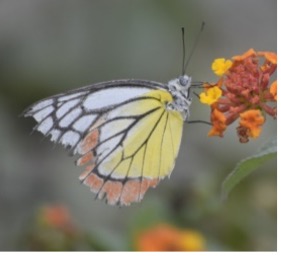
Common Jezebel
Delias eucharis
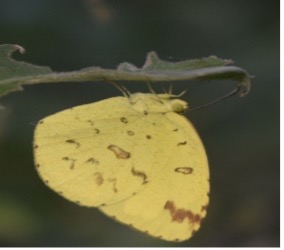
Common Grass Yellow
Eurema hecabe





 Users Today : 135
Users Today : 135 Total Users : 4404626
Total Users : 4404626